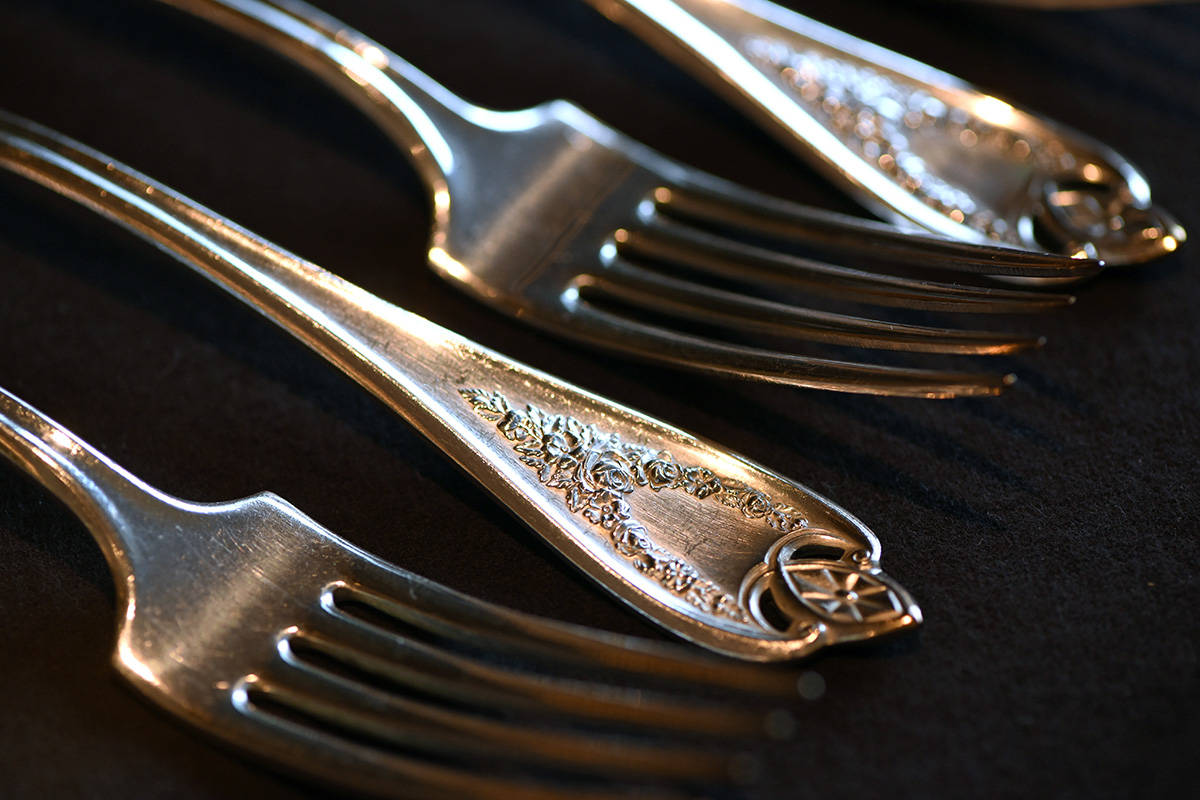

Tableware
Why Is It Called Silverware
Modified: January 6, 2024
Discover the reason behind the name "silverware" and its connection to the world of tableware. Uncover the history and significance of this essential dining accessory.
(Many of the links in this article redirect to a specific reviewed product. Your purchase of these products through affiliate links helps to generate commission for Storables.com, at no extra cost. Learn more)
Introduction
Silverware, also commonly referred to as tableware, refers to the utensils and accessories used for dining and serving meals. From elegant dining experiences to casual family meals, silverware has been an integral part of our table settings for centuries. But have you ever wondered why it is called “silverware”?
In this article, we will delve into the origins of the term “silverware,” explore the historical use of silverware, discuss the different types of silverware, examine its evolution over time, delve into the symbolism and meaning behind silverware, and discuss its modern usage. We will also provide some tips on caring for and maintaining your silverware. So, let’s dive in and uncover the fascinating world of silverware!
Key Takeaways:
- “Silverware” encompasses utensils made from various materials, not just silver. Its historical significance as a symbol of wealth has evolved to represent elegance, tradition, and personal style in modern dining experiences.
- The evolution of silverware reflects societal changes and technological advancements. From formal dining to everyday meals, silverware adds sophistication and tradition, serving as both a practical tool and a decorative element.
Read more: Why Is It Called Bluegrass
Origins of the Term “Silverware”
The term “silverware” derives from the combination of the words “silver” and “ware.” The word “silver” refers to the precious metal known for its lustrous appearance and excellent conductivity, while “ware” denotes an object or utensil used for a particular purpose. When these two words are combined, they form the term “silverware,” which specifically refers to utensils and accessories made from silver or silver-plated materials.
Historically, silverware was exclusively made from silver, hence the name. As silver has been valued for its beauty and durability for centuries, it was a natural choice for crafting fine dining utensils. However, over time, the use of other metals, such as stainless steel, became more prevalent due to their affordability and practicality.
In modern usage, the term “silverware” has evolved to encompass any kind of utensil used in dining, regardless of the material it is made from. Whether it is made from sterling silver, silver-plated alloy, stainless steel, or even plastic, it is commonly referred to as silverware.
Although the term “silverware” originally referred to utensils made from silver, it now serves as a general term encompassing the various types of tableware used for dining and serving meals.
Historical Use of Silverware
Silverware has a rich history dating back thousands of years. It was initially used by the ancient civilizations as a symbol of status, wealth, and power. The use of silverware in dining rituals can be traced back to ancient Egypt and Mesopotamia, where royal households and wealthy individuals would showcase their opulence through intricate silver utensils.
In ancient Greece and Rome, silverware came to represent social and cultural refinement. The elite classes used silver utensils during feasts and banquets, elevating the dining experience to a luxurious level. Silverware was often intricately designed and engraved with intricate patterns and motifs, showcasing the craftsmanship of the time.
During the Middle Ages, silverware retained its status as a symbol of wealth and prestige. Feasts hosted by nobles and royalty were grand affairs, with elaborately designed silver utensils adorning the tables. Dining etiquette became increasingly important, and the use of silverware reflected one’s social standing and sophistication.
The 18th and 19th centuries marked a significant shift in the production of silverware. The Industrial Revolution brought forth advancements in manufacturing techniques, making silverware more accessible to the middle class. Silver-plated alloys became popular alternatives to solid silver, allowing a wider range of people to enjoy the elegance of silverware.
However, it was during the Victorian era that the use of silverware reached its peak. Elaborate serving sets, tea sets, and cutlery became common fixtures in upper-class households. Dining became a formal and ritualistic affair, with a wide array of specialized utensils designed to serve specific dishes.
Throughout history, silverware has served not only as practical tools for dining but also as status symbols, expressions of luxury, and reflections of cultural and societal values. Today, while silverware may not hold the same level of exclusivity as it did in the past, it continues to be an integral part of table settings, adding elegance and sophistication to any dining experience.
Types of Silverware
There are various types of silverware used in dining and serving meals. Each type serves a specific purpose and is designed with unique features. Let’s explore some of the commonly used types of silverware:
- Knives: Knives are essential utensils in any silverware set. They are designed with sharp blades for cutting and slicing food. There are different types of knives, including dinner knives, steak knives, butter knives, and bread knives, each serving a specific purpose.
- Forks: Forks are used for spearing and lifting food. They come in different sizes and designs, such as dinner forks, salad forks, dessert forks, and seafood forks. Each fork is tailored to specific dining needs, whether it’s for enjoying a main course or delicately savoring a dessert.
- Spoons: Spoons are versatile utensils that come in various shapes and sizes. They are used for stirring, scooping, and serving food. Common types of spoons include teaspoons, tablespoons, soup spoons, and dessert spoons.
- Serving Utensils: These utensils are larger and are specifically designed for serving food. Serving spoons, ladles, and serving forks are often used to dish out food onto plates or serving platters. These utensils are typically larger and more substantial to facilitate easy serving.
- Specialty Utensils: Depending on cultural and regional dining practices, there are often specialty utensils included in silverware sets. These may include oyster forks, seafood picks, cocktail forks, and demitasse spoons, among others.
While the above types of silverware are common, the specific components of a silverware set may vary. Some sets may include additional utensils such as butter spreaders, sugar spoons, or cheese knives. The choice of silverware depends on personal preference, dining habits, and the occasion for which it is used.
Ultimately, the types of silverware you choose will depend on your specific needs and the overall aesthetic you want to achieve in your dining experience.
Evolution of Silverware
The evolution of silverware mirrors the changes in society, technology, and dining practices throughout history. From its humble beginnings as a status symbol of the elite to its widespread availability and variety in modern times, silverware has undergone several significant transformations. Let’s explore the evolution of silverware:
1. Ancient Origins: Silverware dates back thousands of years, with ancient civilizations using silver utensils made by skilled artisans. These early utensils were often ornate and highly decorative, reflecting the wealth and social status of their owners.
2. Middle Ages: During the Middle Ages, silver utensils continued to be a luxury item reserved for the nobility and wealthy. As of 1238, English silversmiths were required to stamp their pieces with a hallmark, indicating the purity of the silver.
3. Industrial Revolution: The advent of the Industrial Revolution in the 18th century brought advancements in manufacturing techniques and mass production. This made silverware more accessible to the middle class, and silver-plated alloys emerged as a popular alternative to solid silver.
4. Art Nouveau and Art Deco Eras: In the late 19th and early 20th centuries, silverware designs were heavily influenced by the artistic movements of the time. Art Nouveau brought curvaceous and organic forms, while Art Deco introduced geometric and streamlined designs.
5. Post-World War II: The aftermath of World War II brought changes to silverware production. As silver prices increased, stainless steel became the material of choice for manufacturing cutlery. Stainless steel offered durability, affordability, and ease of maintenance.
6. Contemporary Design: In recent years, silverware design has become more diverse, reflecting a variety of aesthetics and trends. Contemporary designers experiment with materials, textures, and innovative shapes, pushing the boundaries of traditional silverware design.
7. Sustainable Alternatives: As environmental concerns grow, sustainable alternatives to traditional silverware have gained popularity. Biodegradable and reusable materials like bamboo, wood, and recycled plastic offer eco-friendly options for conscious consumers.
Throughout its evolution, silverware has transformed from a luxury item for the social elite to a commonplace item found in many households. The availability of different materials and designs allows individuals to choose silverware that meets their functional needs, personal taste, and individual style.
The term “silverware” comes from the fact that historically, these utensils were made from silver. While modern silverware is often made from stainless steel, the name has persisted to refer to all types of utensils used for dining.
Read more: Why Is It Called A Vanity
Symbolism and Meaning of Silverware
Silverware carries symbolism and meaning that goes beyond its practical use at the dining table. Throughout history, silverware has represented various cultural, social, and personal aspects. Let’s explore the symbolism and meaning associated with silverware:
1. Elegance and Sophistication: Silverware has long been associated with elegance and sophistication. The use of silver or silver-plated utensils adds a touch of refinement to any dining experience, making it suitable for formal occasions and special events.
2. Social Status and Prestige: In the past, silverware was a symbol of wealth and social status. Owning a complete set of silverware demonstrated one’s affluence and position in society. It was often passed down as an heirloom, representing family heritage and tradition.
3. Hospitality and Generosity: The act of setting the table with silverware is a gesture of hospitality and generosity. Serving meals with proper silverware indicates a host’s attention to detail, care for their guests, and a desire to create a welcoming dining experience.
4. Timeless Beauty: Silverware, particularly those made from silver, is admired for its timeless beauty. The lustrous silver surface, intricate designs, and fine craftsmanship make it an object of aesthetic appreciation. Silverware often becomes an heirloom, passed down through generations, symbolizing a connection to the past.
5. Formal Dining Etiquette: Silverware is deeply connected to dining etiquette and table manners. The use of specific utensils for different courses reflects a sense of propriety, refinement, and adherence to formal dining traditions.
6. Celebratory Occasions: Silverware is often reserved for celebratory occasions like holidays, weddings, and other special events. Its presence on the table signifies the importance of the gathering and elevates the overall ambiance.
7. Personal Style and Expression: Silverware can also serve as a means of personal expression. With a wide variety of designs, individuals can choose silverware that reflects their personal style and taste, allowing them to curate a table setting that is uniquely their own.
While the symbolism and meaning of silverware may have shifted over time, it continues to hold a special place in our dining traditions. Whether it is cherished for its aesthetic appeal, historical significance, or the memories it evokes, silverware carries a sense of elegance and heritage that enriches our dining experiences.
Modern Usage of Silverware
In modern times, silverware continues to be a prominent feature of table settings and dining experiences. While the materials and designs have expanded beyond traditional silver, silverware remains an essential element for both formal occasions and everyday meals. Let’s explore the modern usage of silverware:
1. Formal Dining: Silverware adds a touch of elegance and formality to special occasions such as weddings, fine dining experiences, and holiday celebrations. It is often used for multi-course meals where each utensil serves a specific purpose, adhering to traditional dining etiquette.
2. Everyday Meals: Silverware is used in everyday meals, ranging from casual family dinners to simple gatherings with friends. It adds a sense of refinement and sophistication to even the most ordinary meals, enhancing the overall dining experience.
3. Restaurant Dining: Restaurants and upscale dining establishments commonly provide silverware as part of the table setting. The use of silverware contributes to the ambiance, creating a sense of luxury and enhancing the overall dining experience for patrons.
4. Home Entertaining: Home entertaining, whether it’s hosting a dinner party or a casual gathering, often involves the use of silverware. It allows hosts to create a visually appealing table setting and impress their guests, making the occasion more memorable.
5. Symbol of Tradition: Many families pass down silverware from generation to generation, retaining a sense of tradition and family heritage. Using inherited silverware connects individuals to their ancestors and adds sentimental value to the dining experience.
6. Decorative Purposes: Silverware, with its intricate designs and elegant aesthetic, is often used decoratively. Whether displayed in cabinets, showcased on a specially designed silverware chest, or used as decorative accents for tablescapes, silverware adds a touch of sophistication and beauty to any space.
7. Collectibles and Antiques: Antique silverware, particularly those with historical significance or unique designs, holds value as collectible items. Many people collect vintage and antique silverware for its beauty, craftsmanship, and historical significance.
While the function of silverware remains the same – to eat and serve food – its modern usage goes beyond mere practicality. Silverware adds style, aesthetics, and a sense of occasion to any dining setting, making it an important aspect of contemporary dining culture.
Care and Maintenance of Silverware
To ensure the longevity and beauty of your silverware, proper care and maintenance are essential. Here are some tips to keep your silverware looking its best:
- Regular Cleaning: Clean your silverware after each use to prevent tarnish and buildup of food residues. Hand wash silverware in warm, soapy water, using a soft cloth or sponge. Avoid using harsh abrasives that can scratch the surface.
- Drying and Buffing: After washing, carefully dry your silverware using a soft, lint-free cloth, or pat it dry with a towel. Buffing the utensils gently can help restore their shine and remove any remaining water spots.
- Storage: Proper storage is crucial to protect your silverware. Keep it in a lined drawer or a special silverware storage chest to prevent scratching and tarnish. If space is limited, consider using anti-tarnish bags or wraps to protect individual pieces.
- Preventative Measures: Take precautions to minimize tarnish and maintain your silverware’s shine. Avoid exposing it to direct sunlight, humidity, and chemicals such as acidic foods, harsh detergents, and household cleaners. If using a dishwasher, ensure it is dishwasher-safe and follow the manufacturer’s guidelines.
- Polishing: Over time, silverware may tarnish due to exposure to air and sulfur-containing compounds. To restore its shine and remove tarnish, you can polish your silverware using commercial silver polishing products or homemade solutions like baking soda and water. Follow the instructions and be gentle to avoid damaging the silver plating or surface.
- Professional Cleaning: If your silverware requires extensive cleaning or restoration, consider consulting a professional silverware cleaning service. They have specialized tools and processes to safely remove tarnish and restore the original luster of your silverware.
By following these care and maintenance tips, you can preserve the beauty and integrity of your silverware for years to come. Regular cleaning, proper storage, and gentle handling will ensure that your silverware remains a cherished part of your table settings and heirloom pieces to be passed down through generations.
Conclusion
Silverware, with its rich history and diverse usage, has always played a significant role in dining rituals and table settings. From its origins as a symbol of wealth and prestige to its modern-day versatility, silverware continues to enhance our dining experiences with a touch of elegance and sophistication.
Throughout centuries, silverware has evolved, adapting to societal changes and technological advancements. It has transitioned from being exclusively made of silver to incorporating alternative materials like stainless steel, providing a wider accessibility to people from different backgrounds.
Symbolically, silverware represents elegance, social status, hospitality, and personal style. It adds a sense of refinement and tradition to formal dining occasions while enhancing the overall dining experience of everyday meals. It also serves as a decorative element, a collector’s item, and a connection to family heritage.
Proper care and maintenance are crucial to preserve the beauty and longevity of silverware. Regular cleaning, careful storage, and gentle handling can help prevent tarnish and maintain its shine for years to come.
Whether you are setting a formal table for a special occasion or enjoying a casual meal with loved ones, silverware adds a touch of class and sophistication to your dining experience. It beautifully combines functionality and aesthetic appeal, enriching the visual and tactile aspects of every meal.
So next time you gather around the table, take a moment to appreciate the significance of the silverware before you. It represents centuries of tradition, craftsmanship, and the joy of sharing a meal with others. Embrace the beauty of silverware and the memories it creates as you savor each bite and celebrate the art of dining.
Frequently Asked Questions about Why Is It Called Silverware
Was this page helpful?
At Storables.com, we guarantee accurate and reliable information. Our content, validated by Expert Board Contributors, is crafted following stringent Editorial Policies. We're committed to providing you with well-researched, expert-backed insights for all your informational needs.
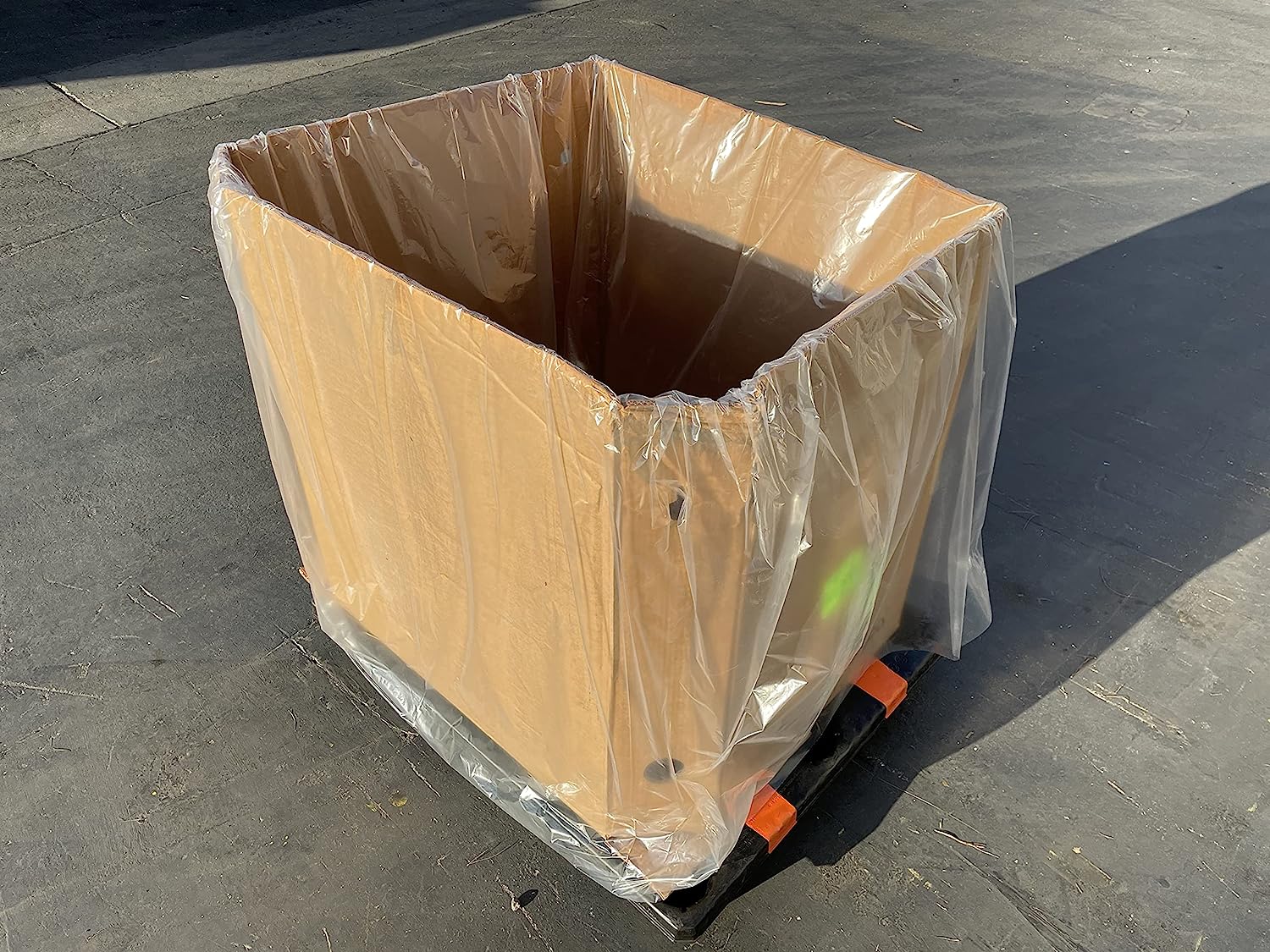


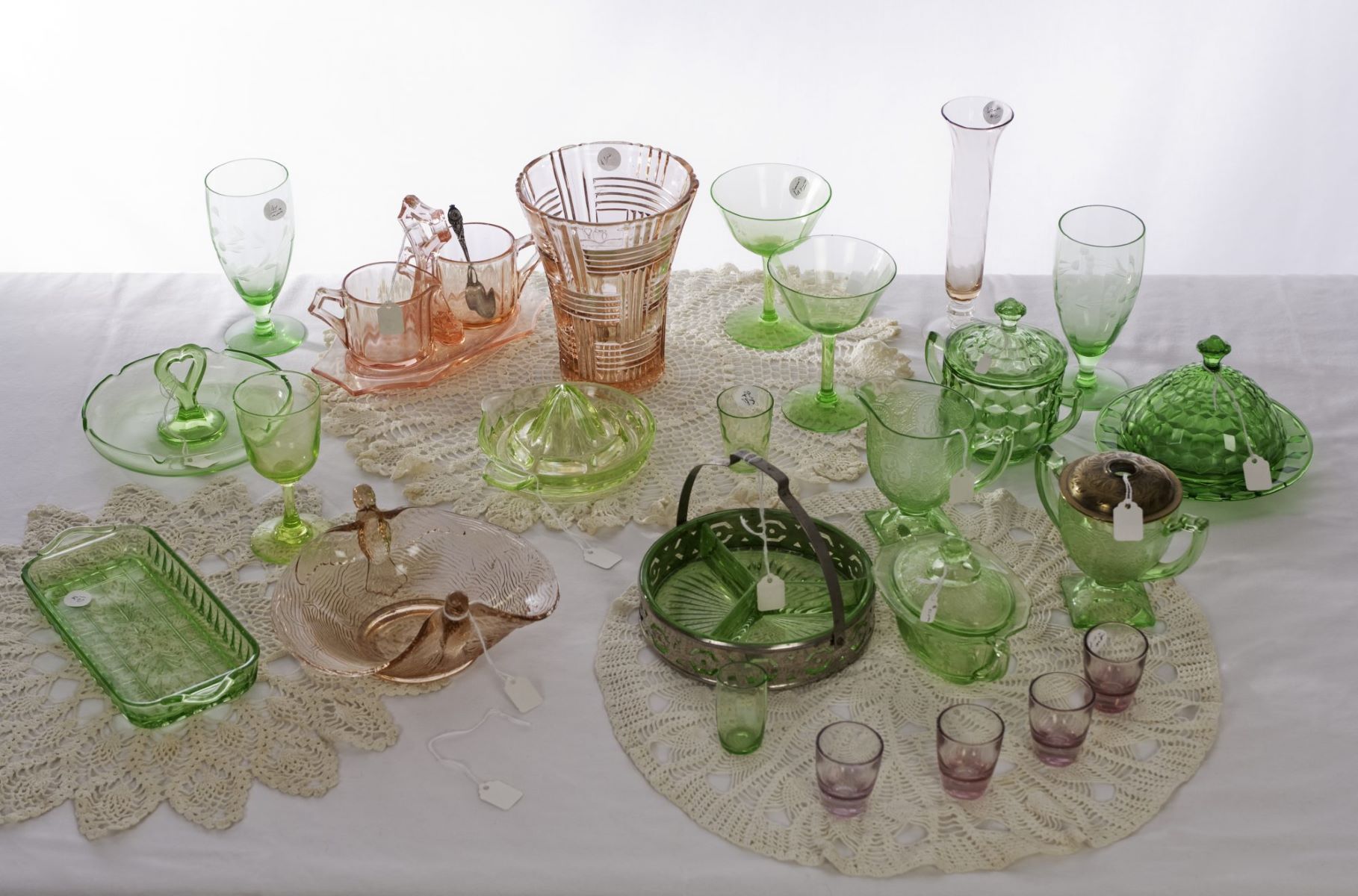

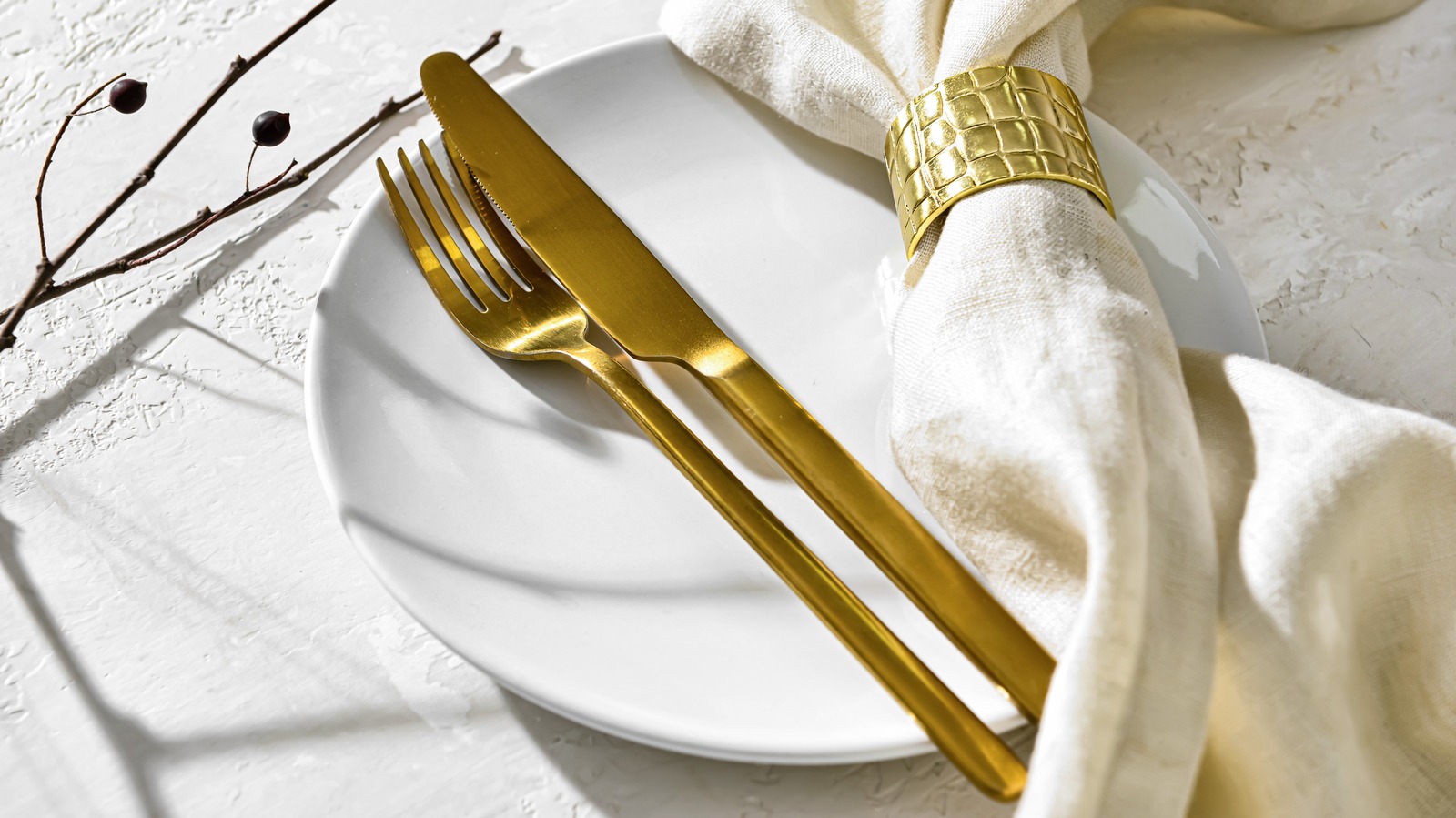
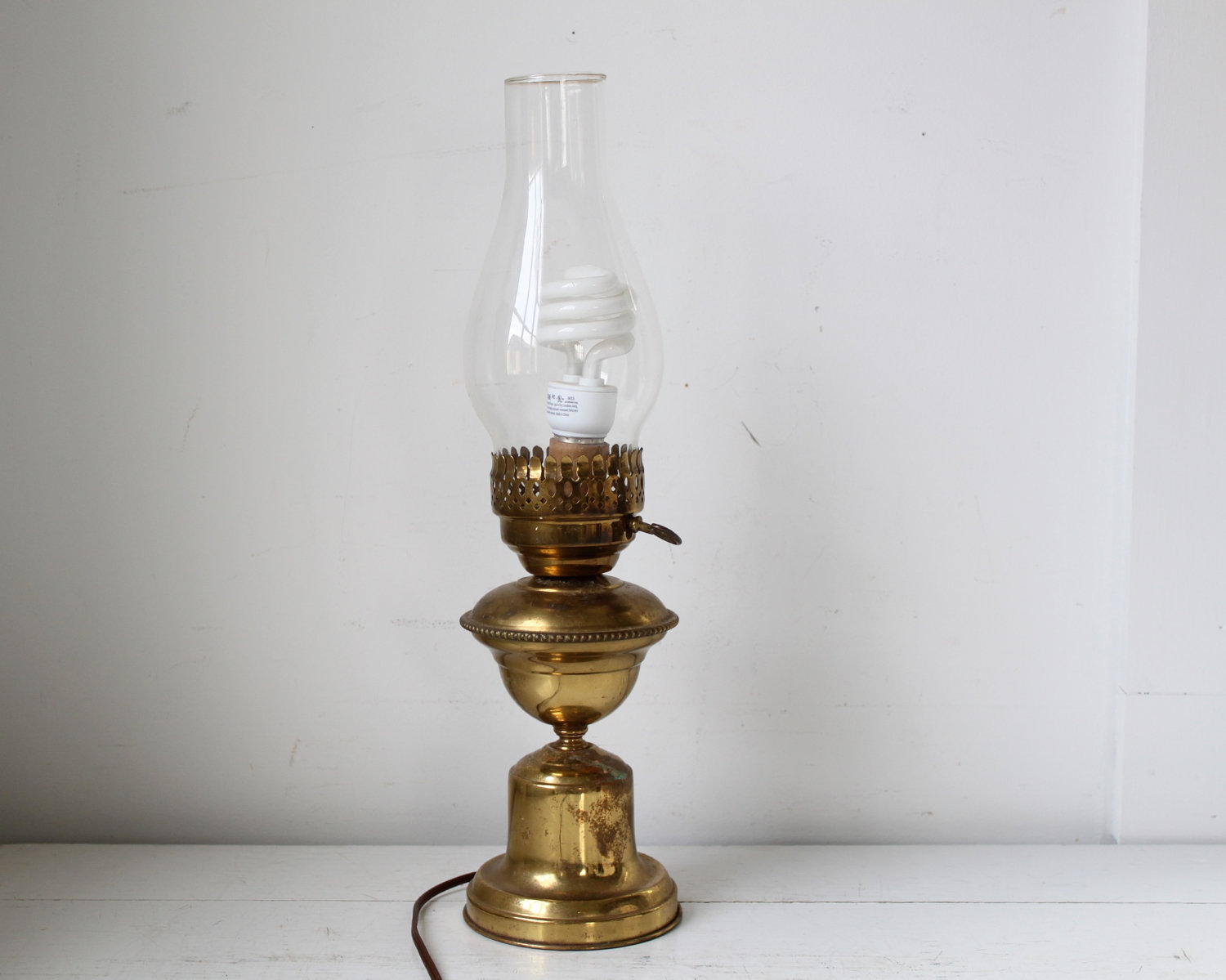
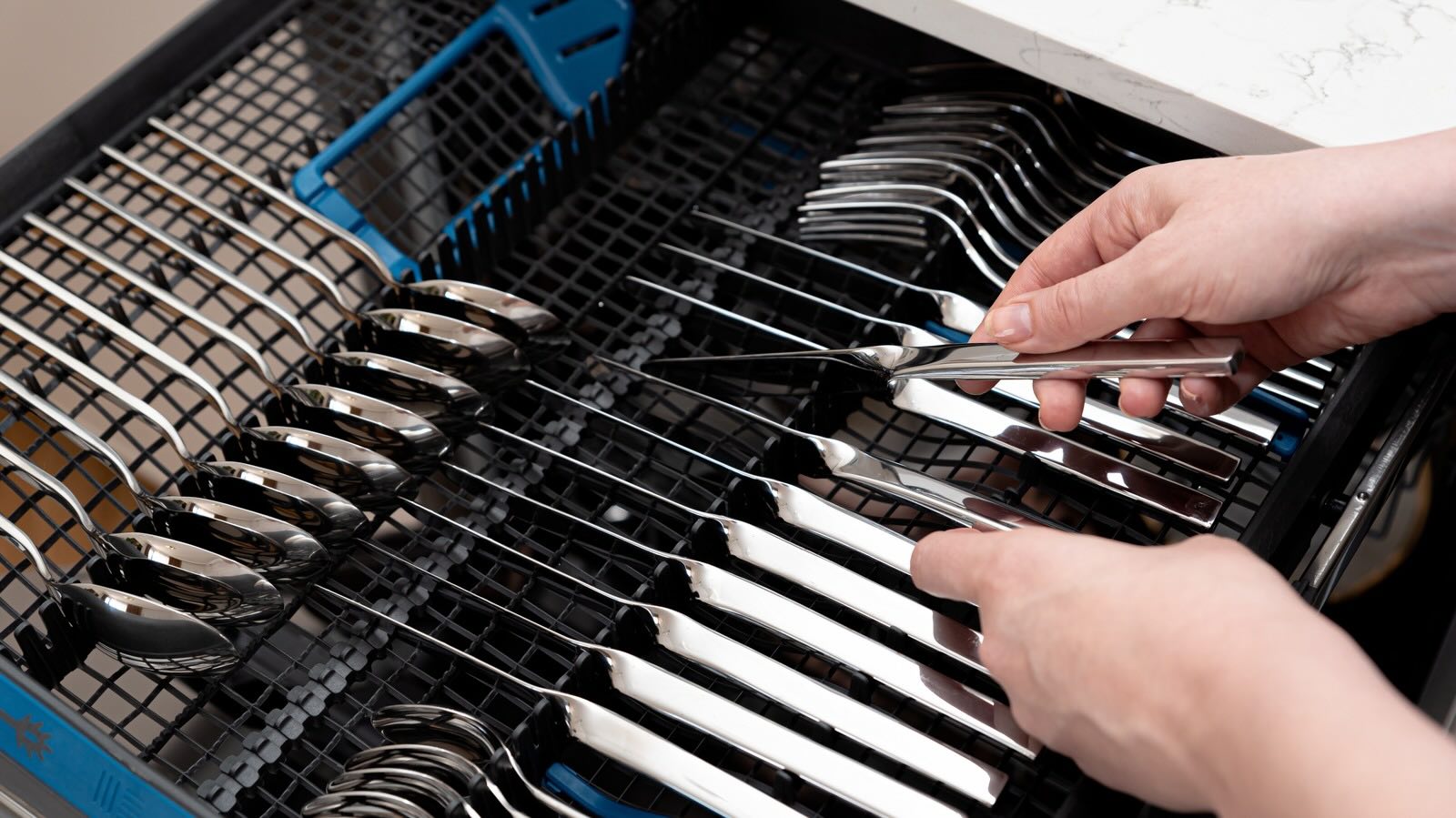
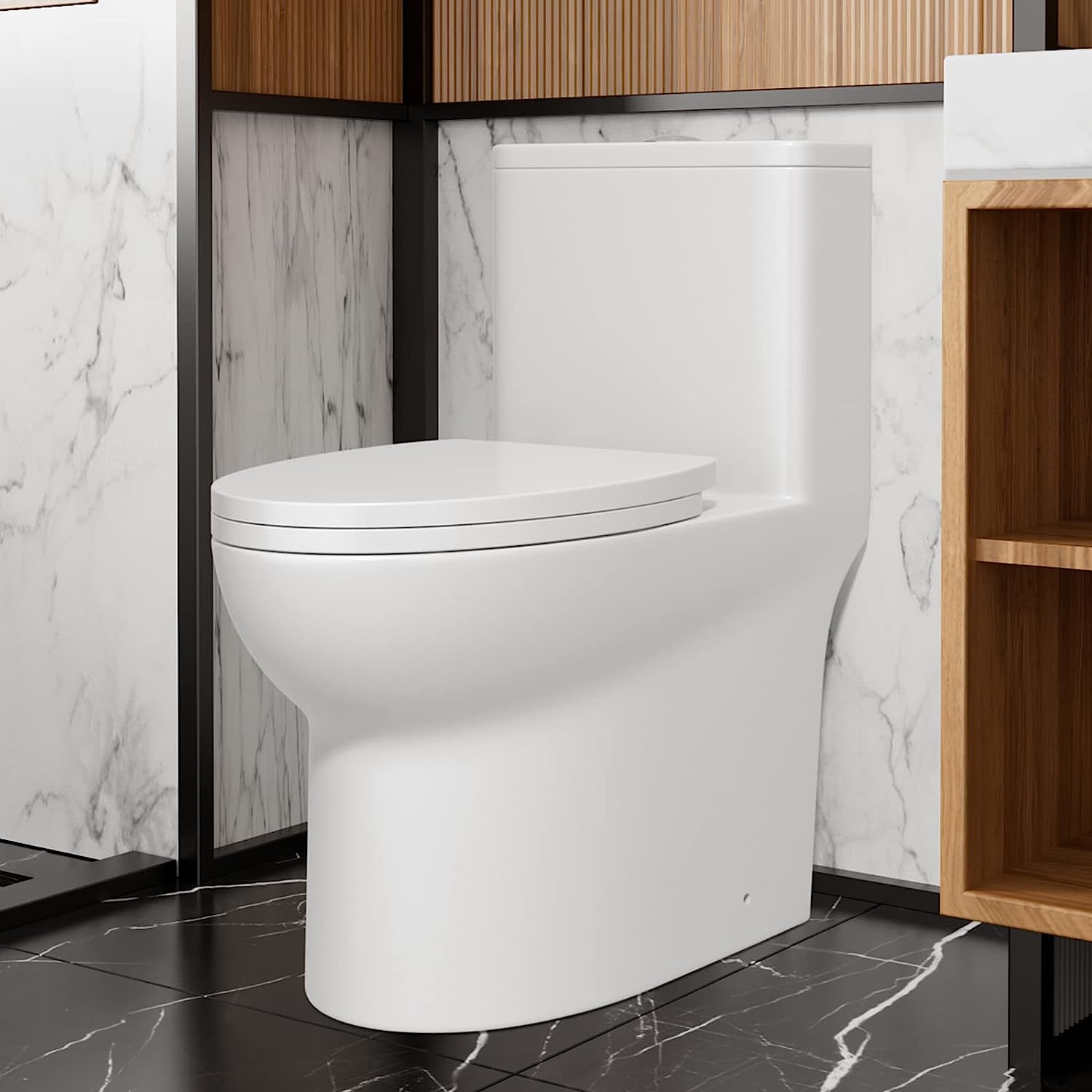




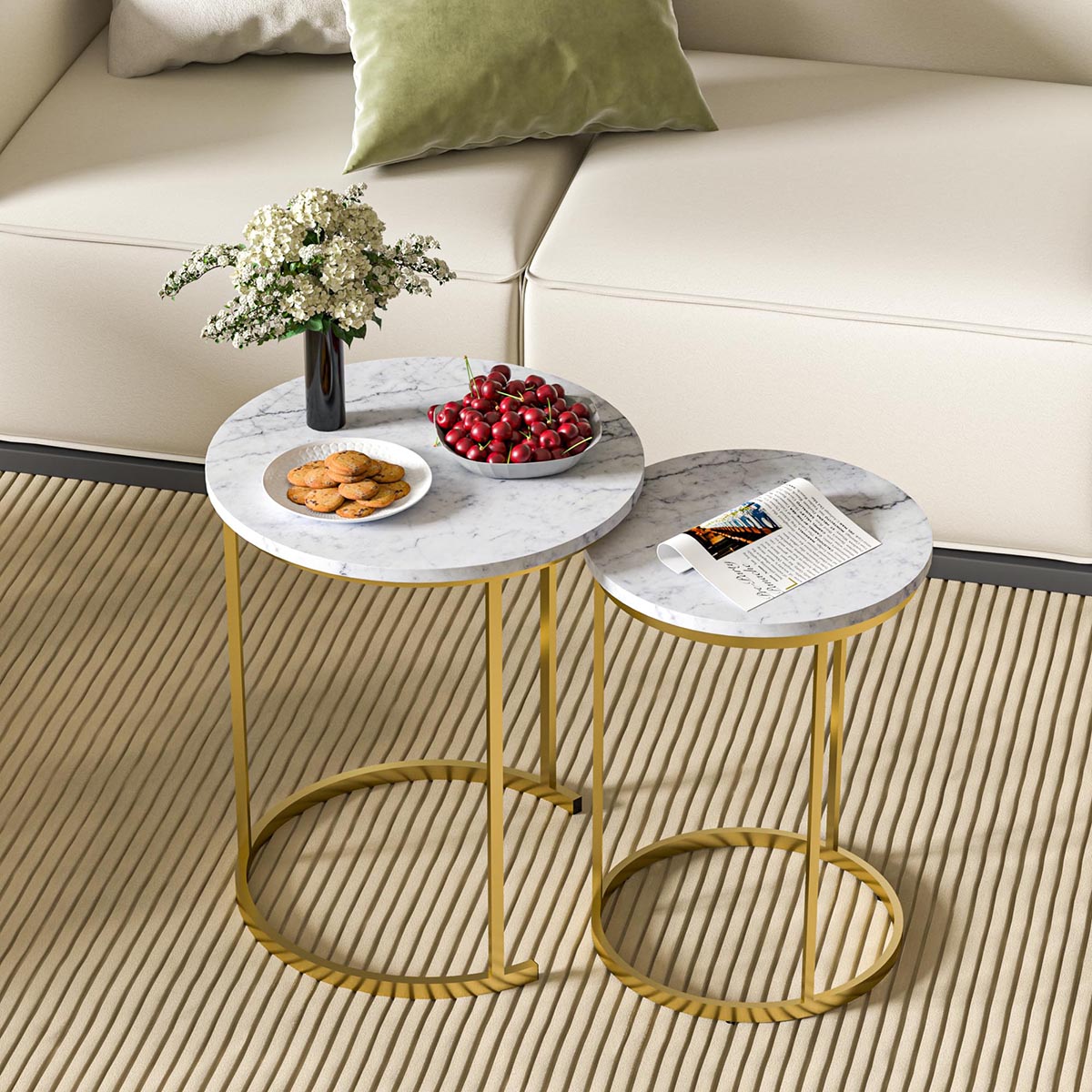

0 thoughts on “Why Is It Called Silverware”